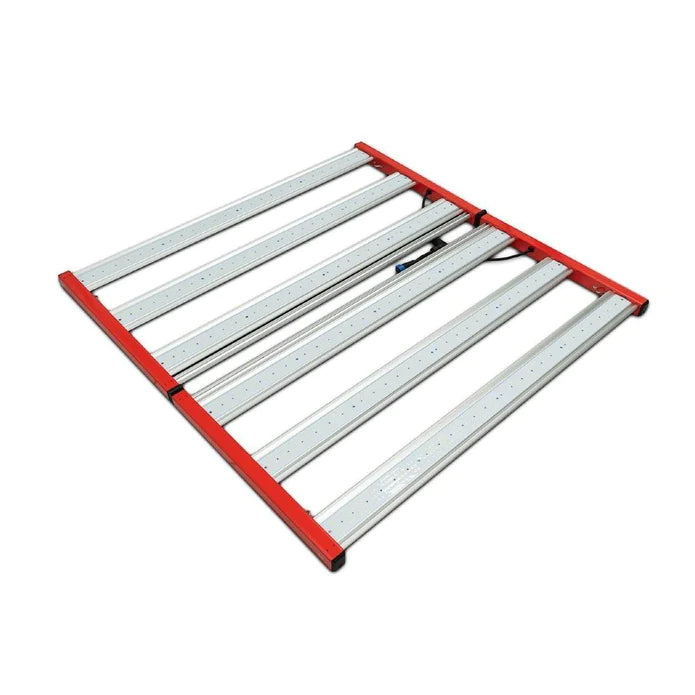
The Basics of Manufacturing Processes
, by Avery Benitez, 7 min reading time

, by Avery Benitez, 7 min reading time
In this article, we will define some of the more important principles of manufacturing a product to maintain a level of repeatability and traceability based on Current Good Manufacturing Practices.
From foot scrubs to supplements, botanical extracts can be utilized across a broad number of industries providing increased effectiveness to a product in many use cases. Manufacturing products with botanical extracts inherently presents unique challenges that need to be appropriately addressed to manufacture products with a level of consistency. In this article, we will define some of the more important principles of manufacturing a product to maintain a level of repeatability and traceability based on Current Good Manufacturing Practices.
Manufacturing is the act of turning raw materials into a component or finished product. Currently, in the US, The Food and Drug Administration regulates the standard for manufacturing drugs and supplements under the authority of the Federal Food, Drug, and Cosmetic Act. These regulations known as Current Good Manufacturing Practices or cGMP require that manufacturers, processors, and packagers of drugs & supplements take proactive action to ensure that their products are safe, pure, and effective.
Good manufacturing practices start with the overall design of the building the products will be manufactured in. A building used in the manufacturing, processing, packing, or holding of a drug product should be of suitable size, construction, and location to facilitate cleaning, maintenance, and proper operations. Any such building is required to have adequate space for the orderly placement of equipment and materials to prevent mix-ups between different components, drug product containers, closures, labeling, in-process material, or drug products to prevent contamination. The flow components, drug product containers, closures, labeling, in-process materials, and drug products through the building should be designed to prevent contamination and operations shall be performed within specifically defined areas of adequate size. There shall be separate or defined areas or other control systems for the firm's operations as necessary to prevent contamination or mix-ups during manufacturing. On top of these more broad building requirements, Good Manufacturing Practices have certain facility requirements covering lighting, ventilation, air filtration, air heating & cooling, plumbing, sewage, wash & toilet facilities, sanitation, maintenance, and equipment requirements.
Once these building, facility, and equipment requirements are met the general focus of Good Manufacturing Practices is maintaining control and traceability of the manufacturing process. To maintain control and traceability over the manufacturing process are the implementation of Standard Operating Procedures (SOPs), batch recording, and internal tracking numbers are paramount. SOPs are documents that outline in detail, every step in the manufacturing process. They provide control over the manufacturing process by ensuring that each manufacturing batch is manufactured in the same way providing consistency between batches. SOPs should be clearly defined for every step in the manufacturing process starting with the initial receipt of biomass material to be extracted, all the way through the final distribution of the finished product, to ensure consistency. Depending on the specific process, SOPs can vary in format & structure the following are some of the key elements of an effective SOP. These key elements should be addressed in great detail and should include all the necessary information to complete the process from start to finish.
Purpose: a general overview of the process with a clearly defined desired outcome (EX. The purpose of this procedure is to provide detailed instructions for hydrocarbon extraction of botanical plant matter)
Scope: Defines to whom or what the particular set of procedures applies (EX. this procedure applies to all lab technicians tasked with hydrocarbon extraction).
Definitions: Clearly define any terms or acronyms used within the SOP (EX. Butane: Butane is a flammable nonpolar hydrocarbon solvent with a boiling point of -1C/30.2F
Safety & Hazard Identification: Define any potential hazards and safety protocols that are paramount to safely perform the process (EX. Butane is a highly flammable solvent, Butane extraction should be performed in an explosion-proof enclosure meeting C1D1 specifications.)
Preparation: A detailed step-by-step procedure of the preparation necessary to carry out the standard operating procedure. (EX. Before extraction, assemble and pressure test the extraction system with nitrogen to assure the system has no leaks.)
Procedure: A detailed step-by-step procedure clearly defining the exact process the operator should follow to obtain the desired outcome (EX. Step 4 -Open the material columns solvent injection valve located atop the material column injecting 5lbs of butane for every 1lb of biomass material loaded within the column.)
Revision History: A place to record the changes made to said procedure along with a justification or the reason why the procedure was edited.
Along with Clearly defined and optimized SOPs the entirety of the manufacturing process should be painstakingly recorded within a log of batch records. Batch records should be designed to log all the key data about the manufacturing process. Keeping intensive batch records and logging each specific detail of the manufacturing process associated with every batch made helps improve consistency between batches and reduce manufacturing errors. Batch logs can ensure that manufacturing standards are maintained and provide in-depth information on each batch in the event of a defective product or recall. The key to successful batch recording is recording the proper metrics. While the relevant metrics and data to be recorded in batch records will vary from product to product below are some ideas of relevant data worth capturing.


